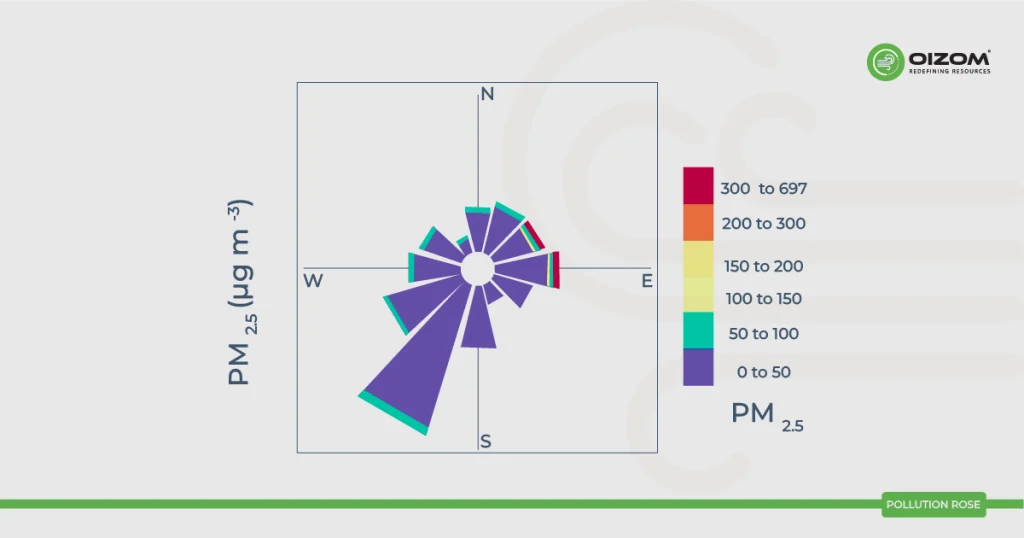Find the terms by letter
Pollution Rose
Definition
In a photoionization detector high-energy photons, typically in the vacuum ultraviolet (VUV) range, break molecules into positively charged ions. As compounds enter the detector they are bombarded by high-energy UV photons and are ionized when they absorb the UV light, resulting in ejection of electrons and the formation of positively charged ions. The ions produce an electric current, which is the signal output of the detector.
Definition and Description
A Photoionization Detector (PID) is an advanced and versatile gas detection device used to measure and monitor the presence and concentration of various volatile organic compounds (VOCs) and other gases in the air. The PID relies on a principle known as photoionization to detect and quantify these gases. The working principle of PID is when high-energy photons, typically in the vacuum ultraviolet (VUV) range, break molecules into positively charged ions. As compounds enter the detector they are bombarded by high-energy UV photons and are ionized when they absorb the UV light, resulting in the ejection of electrons and the formation of positively charged ions. The ions produce an electric current, which is the signal output of the detector. PIDs are highly sensitive and can detect a wide range of VOCs and other gases, making them valuable tools for various applications, including industrial safety, environmental monitoring, hazardous material response, indoor air quality assessments, and volatile organic compound measurement in various industries such as manufacturing, petrochemical, and environmental protection. Their ability to provide real-time, on-site measurements makes them important instruments for gas detection and safety.



